Summary
- Toriyama embraced inconsistencies in Dragon Ball, prioritizing creativity over canon concerns.
- Complex timelines may hinder new viewers from engaging with interconnected stories.
- Fans should enjoy each Dragon Ball series as standalone, set in potentially different timelines.
The Dragon Ball community has been in an uproar since the end of Dragon Ball Daima. In fact, the new series has been under fire since its announcement, when fans learned that Goku and the others would turn into kids, in a nod to Dragon Ball GT.
Things got worse after Daima ended. There are many things in the series that don’t fit with the events of Dragon Ball Super. Even though these are mostly minor inconsistencies, some fans are disappointed or upset, while others wonder which of the two should be taken as “more canon”. But we would like to address the reason why no one should take canon too seriously when it comes to Dragon Ball (or any other fiction).

Related
Dragon Ball Daima Producer Suggests There May Be Multiple Timelines
Fans speculate that Daima and Super are set in different timelines, and an interview with Akio Iyuko seems to vaguely hint at that.
Toriyama Seemingly Didn’t Mind ‘Canon’
Toriyama was approached to be some kind of advisor for the production of Dragon Ball Daima while Dragon Ball Super: Super Hero was still in production. According to Akio Iyuko, he liked the concept of Daima so much that he ended up doing most of it, instead of being just an advisor.
The existence of Daima in itself poses a problem for the chronological coherence of the series, as it seems to have retconned a few things from Super. Nevertheless, it is odd for a prequel to retcon something that takes place after it.
And, of course, Toriyama knew that. And he didn’t seem to mind. He was happy to create Daima as a standalone series without worrying if parts of it contradicted another series that is taken as canon. There’s a message to be heard when the creator of a story doesn’t care about inconsistencies.
Dragon Ball Super x Dragon Ball Daima
Indeed, as many feared, a few events in Dragon Ball Daima are mostly minor contradictions to Super. Most notably, Goku’s most powerful transformation is supposed to be SSJ3 at the start of Super, but he turns into SSJ4 in Daima. Vegeta has never used his SSJ3 form in Super — before Daima, it was widely believed that he unlocked more powerful transformations without ever unleashing SSJ3.
While fans expected Daima to provide some explanation for these contradictions, the series did the opposite. It is explicitly stated that both Goku and Vegeta had achieved their new transformations prior to the series, while training right after the Buu saga.
But is it possible to make these two series fit into the same timeline regardless of all that? Yes, of course it is. Does it make any sense that both Vegeta and Goku didn’t use SSJ3 and SSJ4, respectively, against Beerus? Well, it doesn’t sound typical of them, but it could happen. But now, to tie things up, it will probably be Super that tries to address the contradictions created in Daima.
Cohesive Timeline Is Not That Important At All
Does Super need to tackle the inconsistencies between the two series? That depends on your perspective. If the goal is to create a cohesive chronology for the series, then, yes. But honestly? It’s not an obligation or anything of the sort.
We, as beings who like to create and enjoy stories, usually prefer things that make sense. Partly because we are able to explain many of the real events around us through observation and reasoning. But, well, stories are not reality. They don’t need to make sense in a cohesive timeline, nor do they have to function as a history textbook.
It is generally said that a story should be congruent within itself. This means that there should be an internal logic behind the story that makes things work the way they do — but even that is not an ironclad rule. Plot devices like deus ex machina or other types of absurd twists are commonly cited as examples of ‘bad writing’, but there are people who enjoy stories that are absurd, employ deus ex machina, or even have a few internal contradictions.
In general, what’s really important in a story is the ability to keep the audience engaged with it. If the audience is not driven away by contradictions or anything like that, then so be it. Honestly, treating stories as a checklist of dos and don’ts is a boring way to approach fiction.
So, if a story doesn’t need to be 100% congruent within itself, why would it need to be with other stories? Daima and Super both work as standalone stories, and there is no need to make them coherent with each other. It might be “cooler” if they fit completely into a single timeline, but there is no need.
Canon, as a concept, is interesting, but not every author should have to strive to create a “canon universe” in which everything is fully connected. Especially if worrying about timelines hinders the author’s creativity.
In short, canon is nice when well-played, but it is not a requirement for any franchise. What’s important is how each story resonates with its audience.

Related
Dragon Ball: What’s Next After the End of Daima?
Now that Akira Toriyama’s final send-off to the Dragon Ball franchise is over, what’s next? Will Daima continue or will Super take over from here on?
Complex Chronologies May Drive People Away
While some fans get amazed when many stories in the same franchise are deeply interconnected, complex timelines can actually work as gatekeepers and prevent new people from engaging with the story.
Many people complain that the Marvel movies are too interconnected, and that not watching this or that movie/series means risking not understanding the events of the next one. This is a problem that can arise with complex universes: newcomers won’t even bother to try out a new show because they fear that they won’t understand it, and they are not motivated enough to watch tons of movies and shows just to be able to watch something that is now in theaters.
So, in the case of Dragon Ball, if the inconsistencies between Daima and Super are annoying, then just take them as standalone series. Producer Akio Iyuko has vaguely hinted at the idea that they may take place in slightly different timelines. If that’s how they approach canon, then it seems likely that new Dragon Ball shows might not take ‘canonicity’ into consideration either. Maybe it is time to forget about timelines and enjoy each series on its own, especially if the creator himself does not seem to mind.
Many Dragon Ball series and movies are available on Crunchyroll. Some entries may be found Hulu, Netflix and other services.
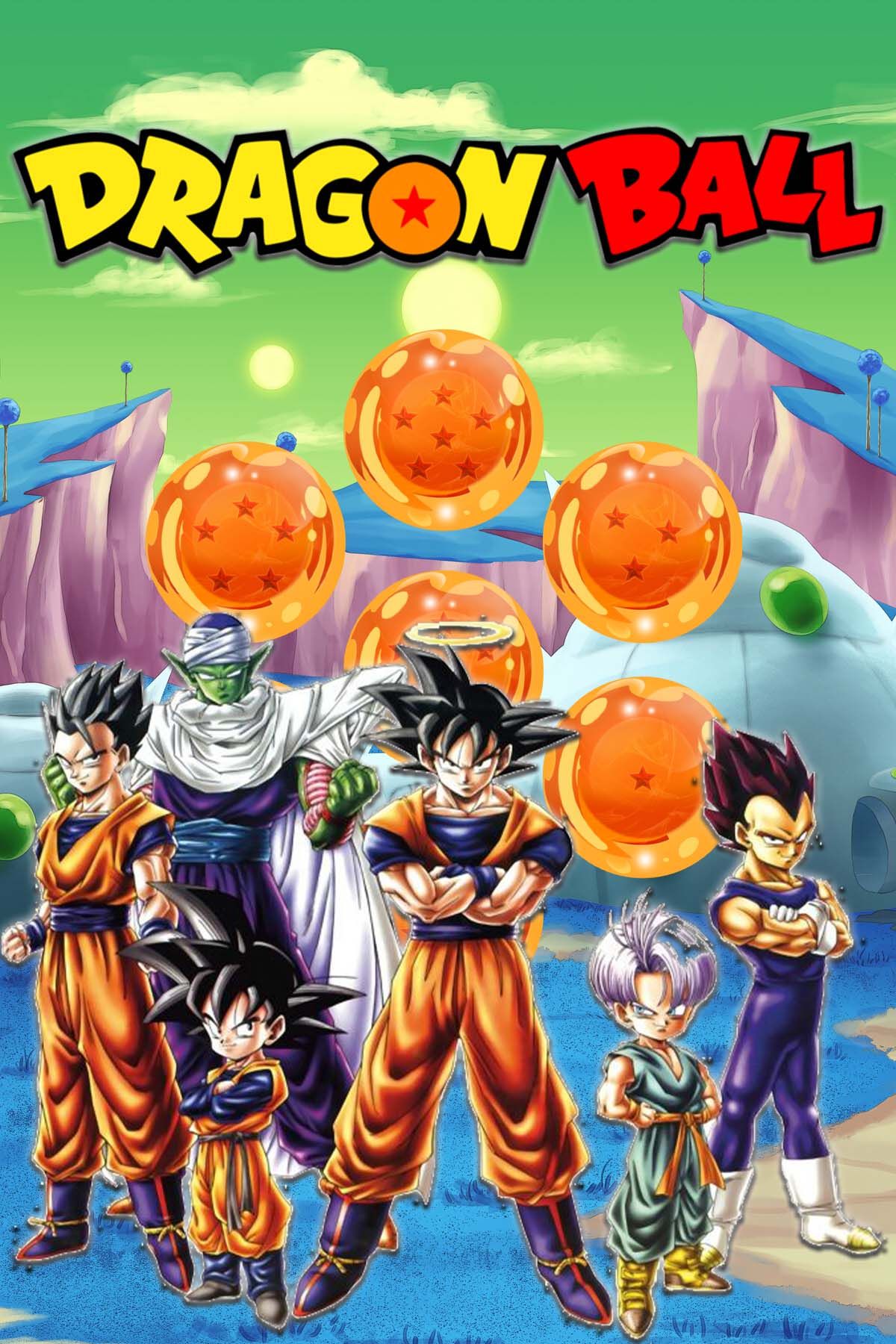
Dragon Ball
Dragon Ball is a franchise by Akira Toriyama which follows the adventures of Goku, a powerful warrior who protects the earth with his group of friends. A recent title from the series is Dragon Ball: The Breakers, an action style game where 7 players have to survive being hunted by the Raider.
- Created by
-
Akira Toriyama
- First TV Show
-
Dragon Ball
- Latest TV Show
-
Dragon Ball DAIMA
- First Episode Air Date
-
February 26, 1986
- TV Show(s)
-
Dragon Ball, Dragon Ball Z, Dragon Ball GT, Dragon Ball Super, Dragon Ball DAIMA
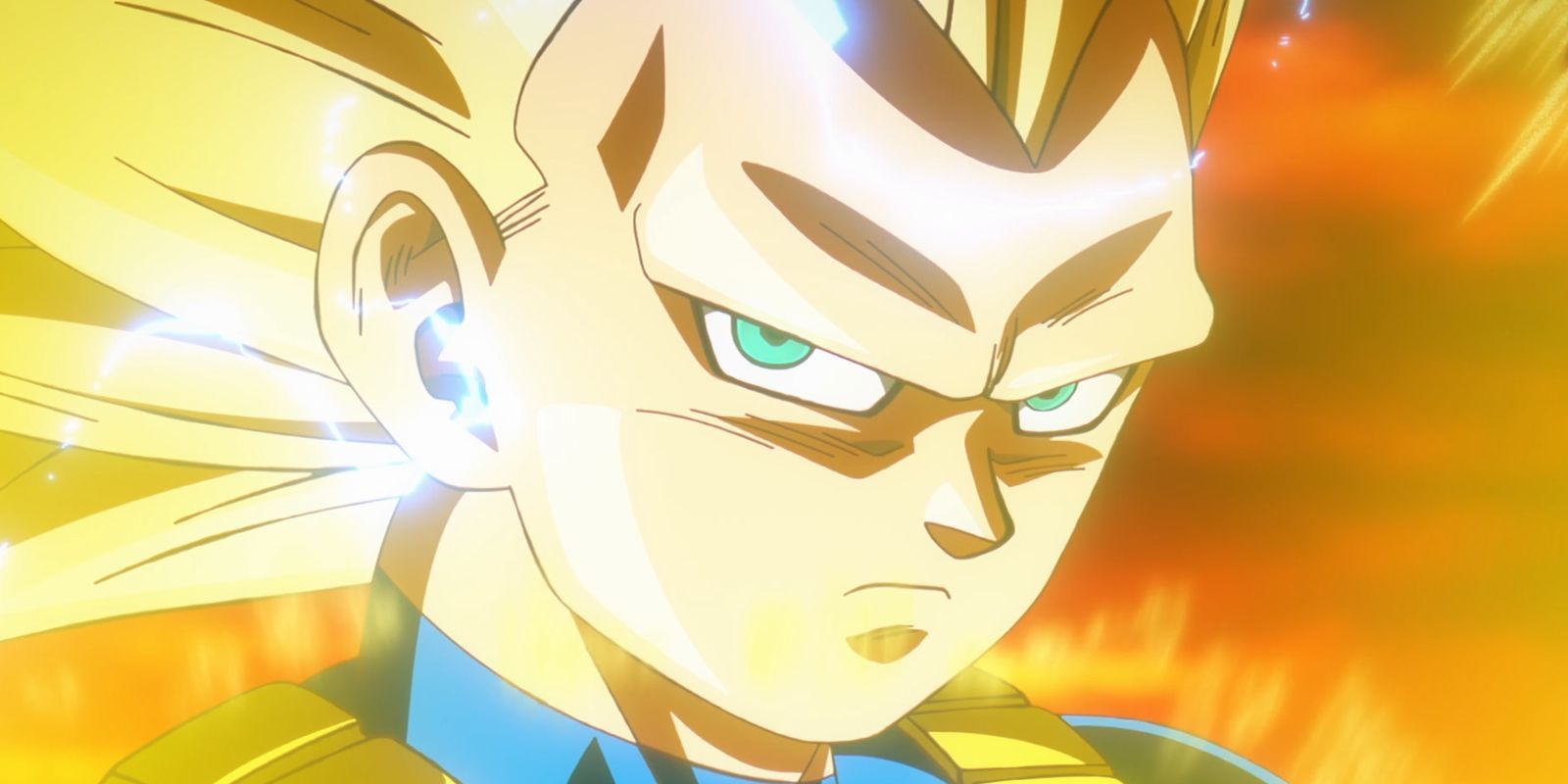





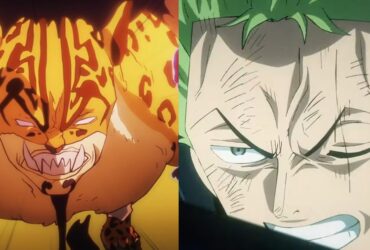
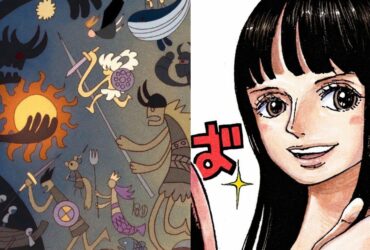
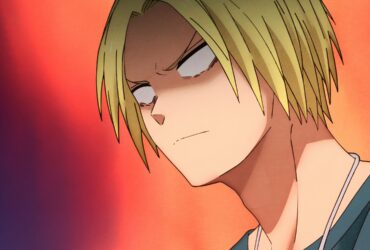
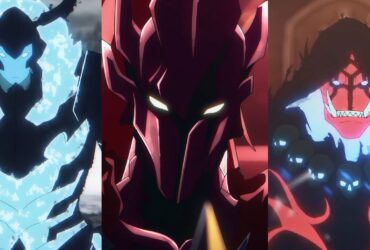


Leave a Reply